It’s the Ecstasy, Stupid
Oakland's skyrocketing murder rate has experts scratching their heads, but cultural critic Sheerly Avni suggests that one answer lies in plain sight. Just ask the kids who are likeliest to kill and be killed, and you will learn that a major villain is the "hug drug."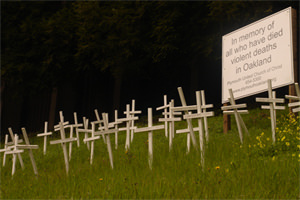
The New York Times recently ran a perplexing piece on the rising tide of killings in Oakland, Calif. The city’s homicide rate has skyrocketed — from 94 in 2005 to 146 in 2006. Among youths under the age of 18, it has nearly quadrupled, and exact causes are unclear. Is it a trend, a coincidence, a sign of a national crime wave? “Killings Surge in Oakland,” announced the headline. “And Officials Are Unable to Explain Why.”
But consider the article itself, which follows a standard trend-story template: (1) Put a human face on the problem, in this case a 17-year-old boy willing to talk about lost friends and lift his pants leg to display a bullet wound . (2) Consult law enforcement, university professors and some of the city’s most devoted crime researchers, all of whom offer up their own perspectives on the rising violence. (3) Synthesize an explanation, which in this case is that there isn’t one. (4) Quote a few more unhappy locals and close on that human face.
It’s not the fault of the reporter, or even the paper; rather, there’s a tendency to turn to our most vulnerable young people for illustration instead of insight. It’s like that old story of the blind men feeling different parts of an elephant, each missing the big picture. Shouldn’t we also listen to the person who isn’t blind, the one screaming, “Holy shit, I’m being crushed by an elephant!”?
A bit of background: For the past nine years, I’ve been facilitating weekly writing workshops in the Alameda County Juvenile Hall for a regional publication called The Beat Within. The Beat, as the kids and staff call it, is published with the regularity of an alternative weekly and has itself become a de facto paper of record for locked-up teens throughout the Bay Area. Its readers and reporters are incarcerated young people.
These kids know their own worlds, and as they try to understand how they wound up in jail, why their friends are dying, why they are caught up in the system and why their streets are so violent, they provide many of the answers we are looking for. In Oakland, specifically, the X factor in the writings has been a literal X factor — the popular club drug, Ecstasy.
Throughout the 1990s, Ecstasy did not appear much in The Beat’s pages, though drugs were of course a popular topic. There was a general tendency for particular kinds of drug use to follow racial lines: White and Latino kids often described harrowing experiences with heroin or crystal meth, while the black kids preferred staggering quantities of weed and alcohol (though they sold crack, they rarely used it).
I remember a moment when I and my co-workers considered, with a chill, what would happen if crystal meth, also known as speed or crank, ever hit the black communities in Oakland, in which gun violence had historically been most prominent.
When the Oakland kids first started mentioning doing Ecstasy, or “poppin’ pills” as they called it, we joked that the “hug drug” might end up ending gang warfare for good: Guns traded in for glow-sticks, gang colors replaced by rainbows, kids forgetting to fight and suddenly feeling an urgent desire to share their feelings. It was always generally perceived as a happy pill, one that led to earnest heart-to-hearts in a warehouse stuffed with beanbags; one you didn’t mix with alcohol, because all you needed was an open heart and a big bottle of water.
But, Ecstasy redux, known as thizz by the artists and marketers of “the hyphy movement” — i.e. the rap music of Bay Area artists like E40 and Mac Dre — and by the gazillion record labels and club parties with the word thizz in their titles, is a much more sinister drug, both in its chemical makeup and the way it’s taken. By 2006, The Beat was publishing numerous pieces by detainees who mixed thizz with alcohol, marijuana and cough syrup. They would tell of popping handfuls of pills at a time (one boy wrote that he’d taken 80 pills over the course of one week). They’d write about guns going off at parties because someone was “off a pill”; they’d write about nightmare trips from pills they’d taken without really knowing what was inside; a 16-year-old who calls himself Al Boo Boo wrote that thizz destroyed his life, in a piece called, appropriately, “Thizz is Not What It Is.”
Local journalists have been aware of the hyphy movement and its relationship to Ecstasy for a long time. Last year, for example, The East Bay Express featured a thorough cover story on the new trend. In it the reporter took note that the drug on the street were much “speedier” than she remembered from her own club days. But her concerns about its effect on health were limited to ER visits by people who had OD’d, of which there were very few. On the other hand, ER visits related to young people driving recklessly or shooting off guns at parties were off her radar, even though Highland Hospital has treated record numbers of young shooting victims. Many of the automobile-related injuries are suffered in local “sideshows,” a big part of thizz culture. One boy told me the hospital should be called the Highland Hotel because he and his friends spend so much time there.
The Ecstasy these kids are taking is basically speed, and it’s as devastating in its own way as its more vilified cousin, crystal meth. But don’t take my word for it. Here’s a piece of poetry from last year in which one young man laid out the story himself:
Don’t Pop Pills
Just like Whitney said — “crack is whack” Well pills drain spinal fluid from your back They have symbols on them of things we see today Like Safeway, Nike sign, scorpions, McDonalds and even Mac Dre Mac Dre is a big influence fo’ poppin’ thizz But he didn’t care ’cause that’s his bizz A pill is mixed with every drug except for weed The reason it keeps you up all night is ’cause of the speed Whatever mood you in, the pill gives you more of that feeling So if you mad and violent then you might go start killin’ It puts holes in your brain and you could die I have popped pills before but that ain’t my type of high You might as well smoke crack ’cause thizz is a lot of drugs but since yo’ patnas do it, you think you more of a thug You think you do stuff ’cause you thizzin’ and got a gun But you will see what happens in the long run
Some enterprising sociology PhD candidate should write her thesis on this poem, here printed in its entirety because it offers such a cogent analysis of thizz culture: from the inability to know for sure what is in the pill, to its high speed content, to the degree to which it’s embedded in local rap music (Mac Dre, who has replaced Tupak Shakur in the youths’ pantheon of slain local hip-hop martyrs) and, finally, to the way it intensifies violent impulses. Indeed, last week a boy in the maximum-security unit wrote that he takes pills to “get up the heart” for committing robberies at gunpoint.
De Angelo also compares Ecstasy with crack, Oakland’s favorite neighborhood bogeyman. But is Ecstasy the new crack, the new magic cipher for decoding the city’s murder rate? No. The usual culprits — inadequate schools, easy access to guns, broken families, pockets of poverty amid great wealth, and California’s notoriously draconian justice system all play their parts. But there is no denying that in this specific city, the drug’s benign reputation and history are in sore need of revision.
A long time ago, Sandy Close, the executive director of the news organization that funds The Beat Within, was asked by some funders whether she thought The Beat was “changing” the youths we worked with. “Wrong question,” she retorted. “If you’d listen to the youth, you’d see that we are the ones who need to change.”
And of course, she was right. The impact of Ecstasy’s transition from hug drug to thug drug may still be somewhat local, tied specifically to Oakland’s hyphy movement, and there is much more to the real story. But if we continue to ignore the expertise of the most vulnerable youths, we will always miss that story.
Opinions in this article do not reflect the opinions of The Beat Within or New America Media. For further information about The Beat Within, please contact its executive editor, David Inocencio (dinocencio[at symbol]newamericamedia.org).
Your support matters…Independent journalism is under threat and overshadowed by heavily funded mainstream media.
You can help level the playing field. Become a member.
Your tax-deductible contribution keeps us digging beneath the headlines to give you thought-provoking, investigative reporting and analysis that unearths what's really happening- without compromise.
Give today to support our courageous, independent journalists.

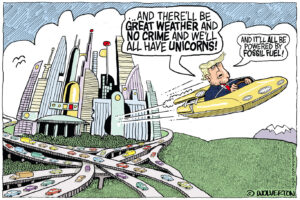
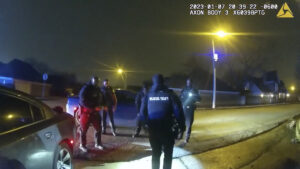
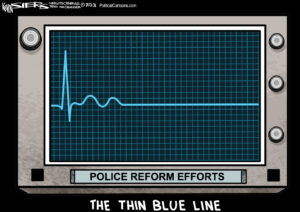
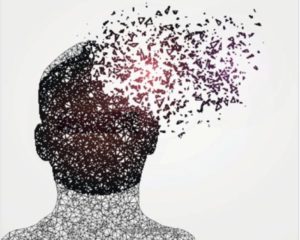
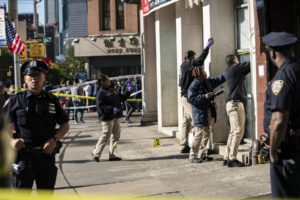
You need to be a supporter to comment.
There are currently no responses to this article.
Be the first to respond.